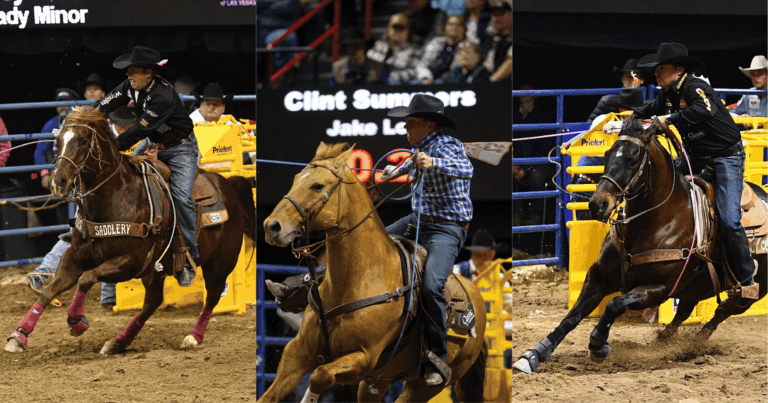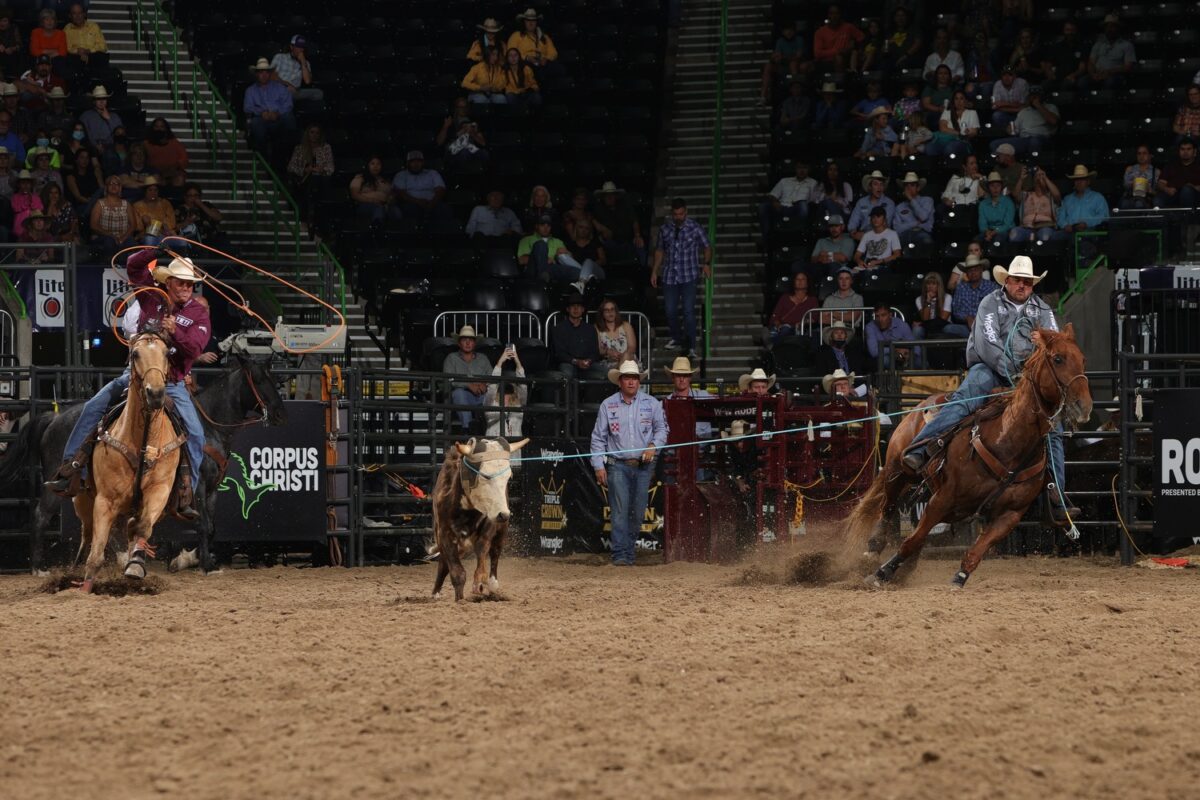As a horse trainer and a flagger, I see a lot of headers struggle with maintaining horse position and remaining in control of their horses when turning steers. If you’re in control, you’re able to guide your horse to the sweet spot where your catch percentage is the highest—a sweet spot that is different for every single roper. And, if I have complete control after I turn my steer, I can place that steer under my heeler’s loop—something some of the best in the world do unconsciously. Horsemanship and having my horse working on his hind end are also key.
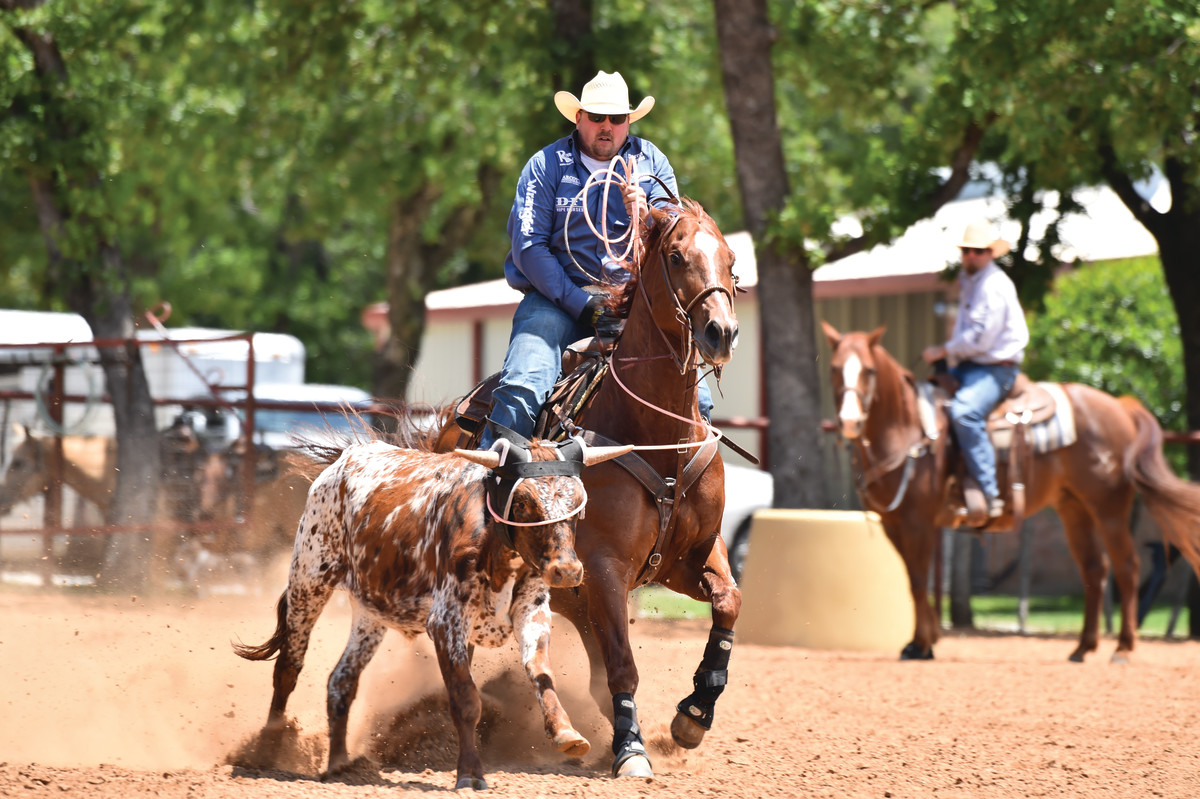
1. Maintaining control in all different situations requires a lot of hard work in the arena, without skipping any steps in the training process. That’s a process that, when you get to the point of roping live cattle, requires slow steers and a lot of patience and consistency to teach rate and control to your horse.
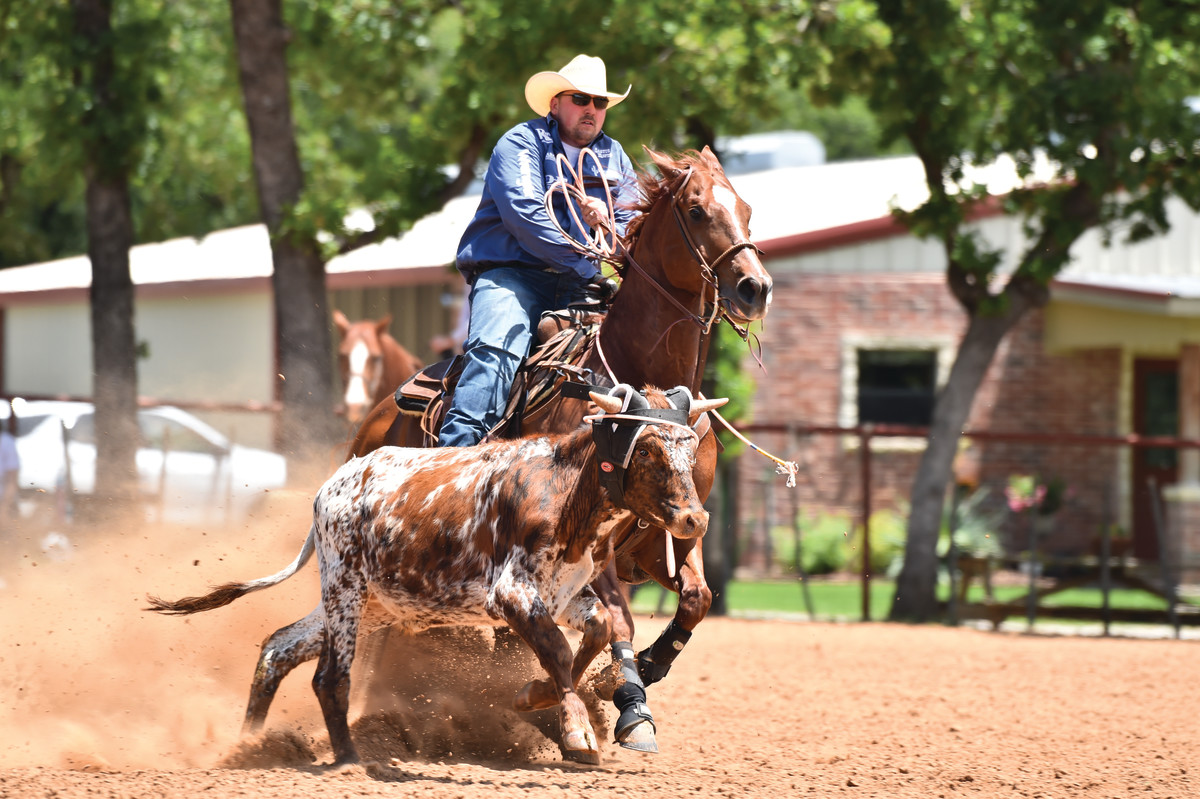
2. To achieve rate in the ideal spot, I want my horse to be about three feet to the left of the steer, with my right stirrup to the outside of the steer’s left hip. I want to be squeezing my horse with my feet into that position, and then I take my feet out of him and ask him to stop when he gets to that spot.
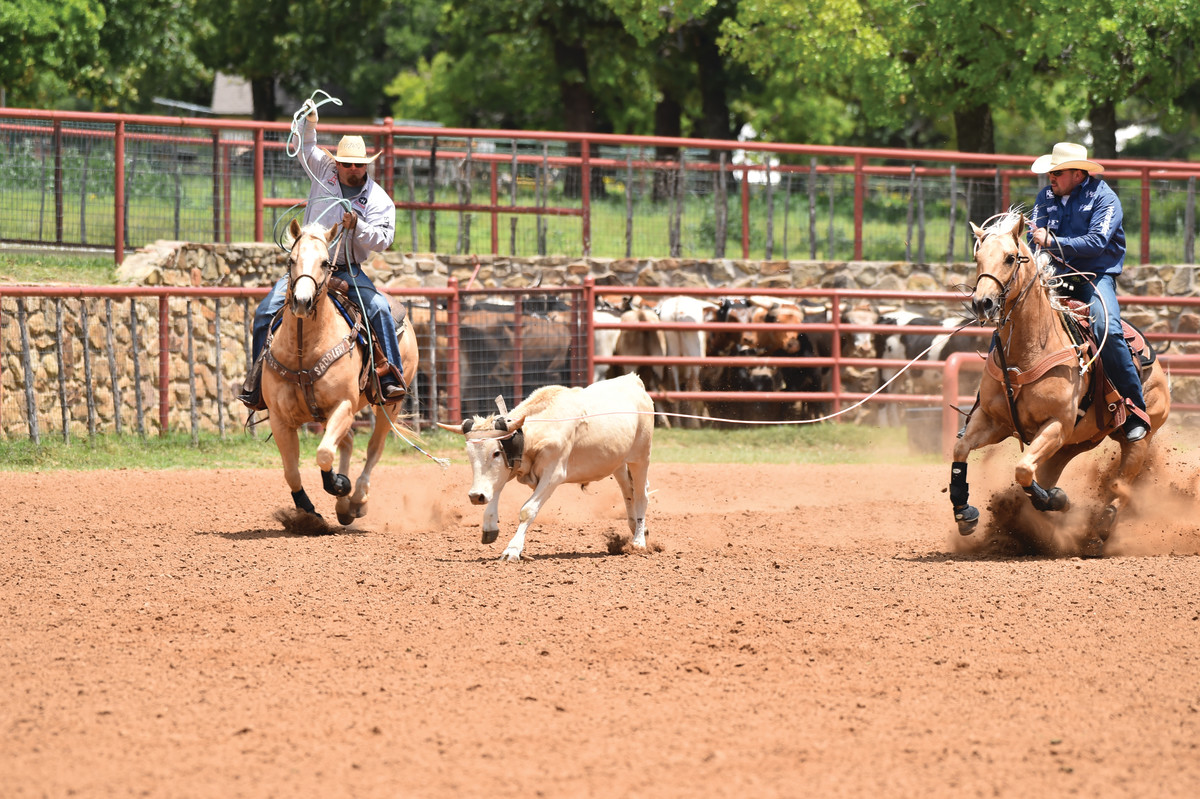
3. I won’t spur or kick him, but I will squeeze my horse up there closer so when I take my legs off, he quits moving forward. That allows me to push my horse to a certain spot so that, when I quit squeezing, he quits gaining on the steer. I will stop when I’m chasing slow steers. When I get a coil away, I will stop my horse repeatedly until I turn my horse loose and he starts to slow down at that spot. I do this by squeezing to the steer, then stopping my horse until he’s starting to learn to rate and slow himself down on his own.
[Read More: Buckle Up with Casey Hicks]
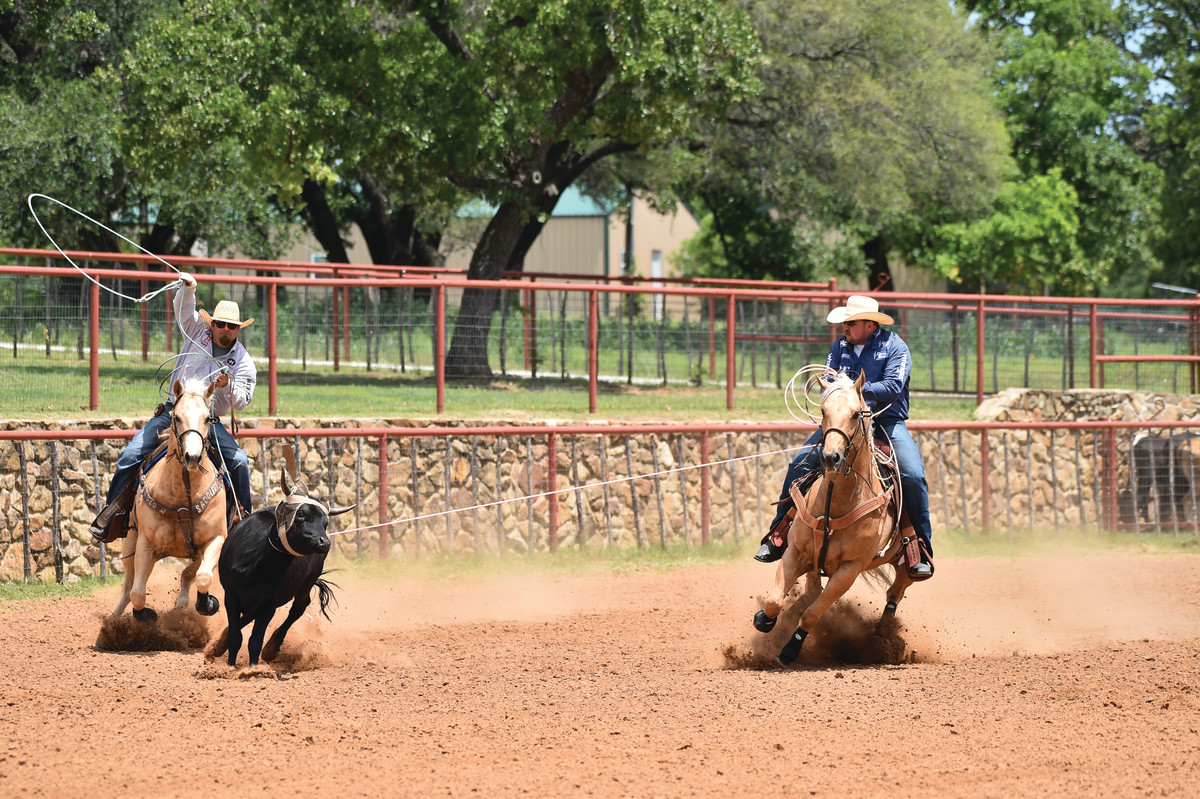
4. If my horse is rating, I’ve progressed to the point where I can rope the steer. I breakaway with a head rope a lot. I do this with green horses, old horses and even horses that are seasoned. I will challenge myself to rope that steer, get the rope tight and not let the hondo break until I want to stop or turn. I don’t turn steers until I get control of things that are happening. Then, after I stop, I will use my right leg and make my horse sidepass his hind end around to the left. That’s how I create a move in the corner with my horse.
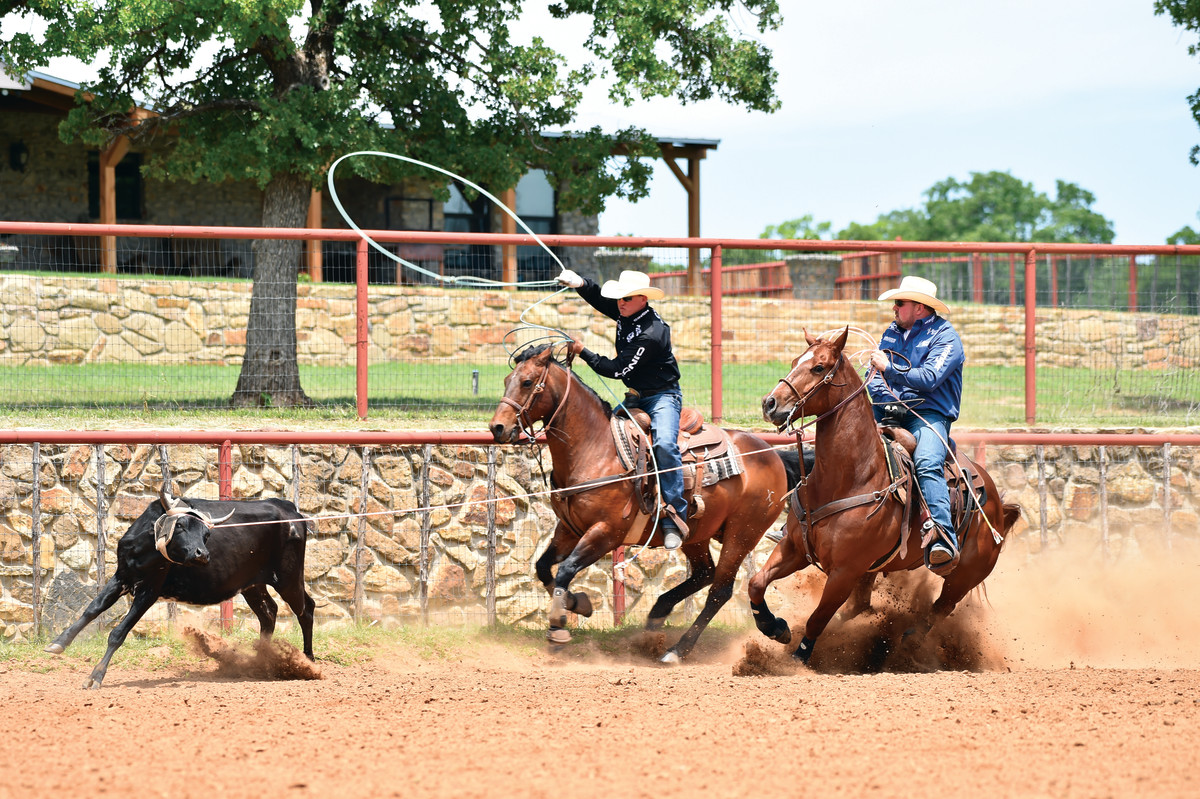
5. When I start making live runs on slower steers, I run up there and rope and I teach my horse to finish the run. If I’ve gone through all of my steps, my horse knows to move with his hip when I apply pressure with my right leg. That horse should sidepass out of the corner, and I can remain in control. If I pick up on the bridle reins, I’m still in control. I can see the heeler enter the corner, and then I can dictate how fast or slow I’ll go with the steer depending on how fast the steer is going into the corner.
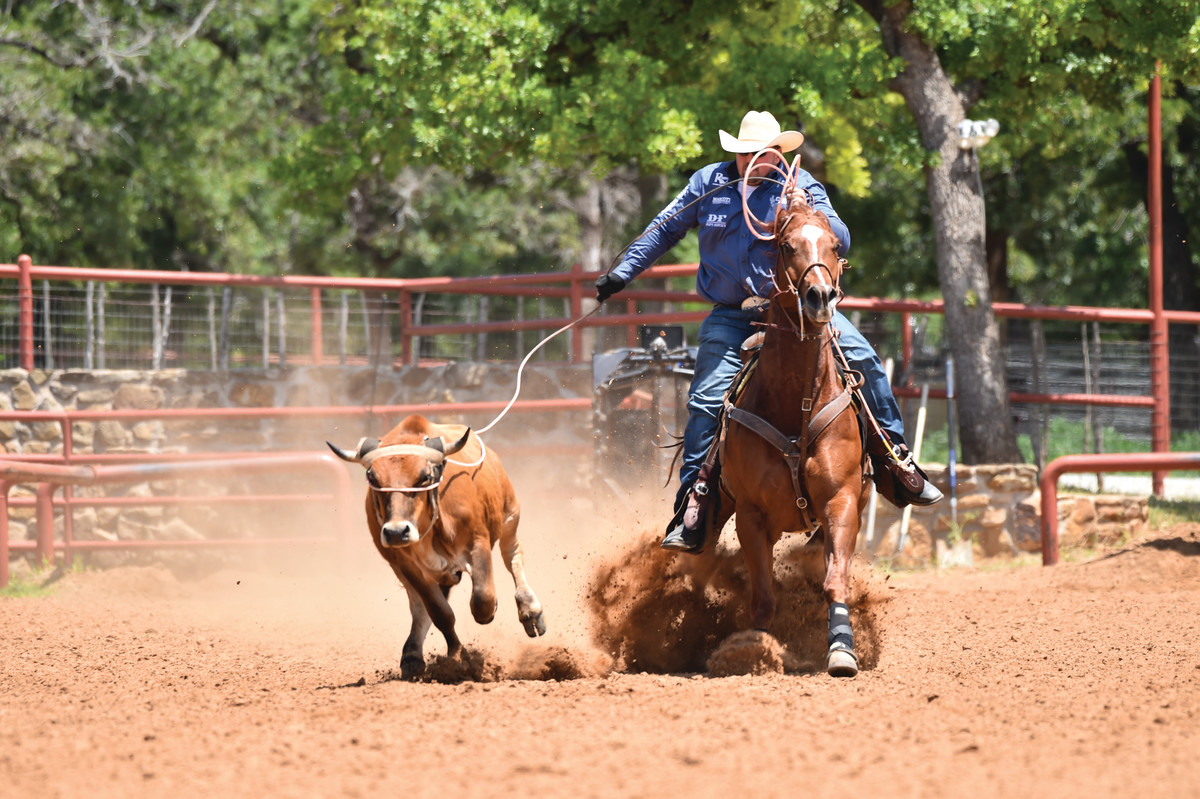
HORSEMANSHIP PHILOSOPHY:
There are certain ability levels with every horse. What I try to do is maximize my horse’s ability. If I think of my horse as a C student, I’m going to try to progress him to be a C+ student. And, if we’ve got that, next week I’ll try to make him a B- student. What I see in a lot of people is that they try to progress too fast, with themselves and their horses.





